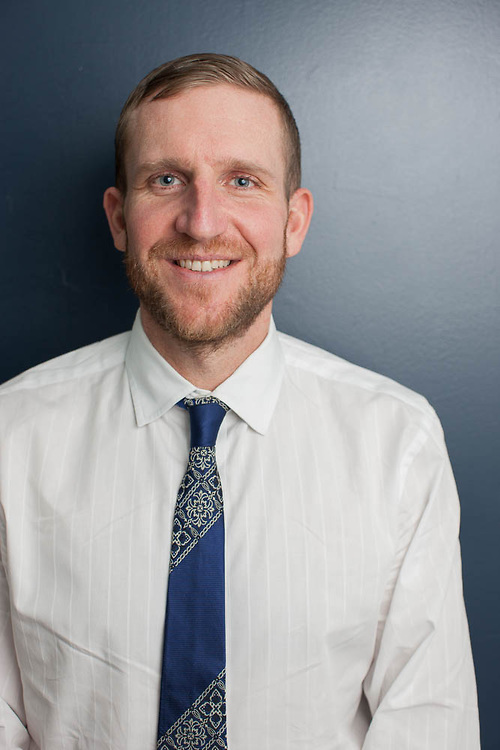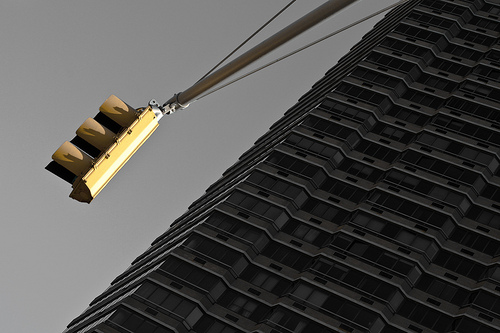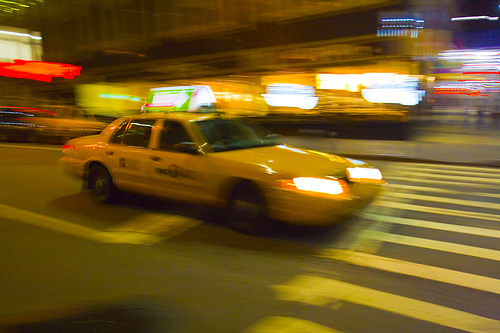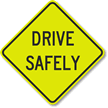Up to speed with Paul Steely White of Transportation Alternatives
New legislation that would install 20 speed cameras in New York City aims to prevent traffic tragedies – tragedies like the one that killed a young couple in Brooklyn earlier this month, when a driver going 60mph down a residential street collided with their cab.
Speeding causes more deaths and serious injuries than DUI and distracted driving combined. Cities like Washington, D.C. have implemented speed cameras to bolster police enforcement, resulting in dramatic decreases in accidents. The cameras capture photos of speeding cars’ license plates, resulting in a small fine for the vehicle’s owner.
We discussed the legislation with Paul Steely White of Transportation Alternatives, NYC’s top transportation advocacy group.

Paul Steely White of New York’s Transportation Alternatives says that traditional policing has failed to calm New York’s car traffic – but cameras might be a solution. Photo by Harry Zernike, 2013.
Smart Sign: What traditional measures have been taken to combat speeding?
PSW: We refer to speeding on NYC streets as a public health epidemic oftentimes, because it causes so many tragedies and injuries. Over the years, we have tried many ways… from simply making motorists more aware of what the speed limit is in New York City – it’s pretty common that motorists don’t know the speed limit is 30mph unless otherwise posted.
We are trying to reduce the speed limit in many neighborhoods with our residential 20mph campaign, which is modeled off a similar effort in the UK. We’re big fans of physical traffic calming; using street design and geometry to more or less force motorists to slow down… But all of this really can’t do the job alone.
We absolutely must improve enforcement. Right now, the NYPD is doing very little speeding enforcement. We learned recently that in some precincts throughout the whole of 2012, some precincts were only issuing speed tickets in the single digits.
Speeding is the leading cause of traffic casualties and that’s, of course, because the severity of impact and injury increases exponentially as speed increases. So the difference between going 30 and 40 [mph] is enormous. If someone is struck by a motorist doing 30, the chances are that that pedestrian will survive. If they’re struck when a motorist is approaching 40mph, chances are very good that pedestrian will die.
Smart Sign: Explain the current legislation.
PSW: The current legislation would only enable NYC to deploy a limited number of speed cameras around schools, and the fines would only kick in at 10 miles or more over the speed limit. But we view it as a really critical first step in bringing speeding under control in the five boroughs. It’s our hope that, as with the red-light camera program, it will ultimately be expanded once people realize the life-saving benefits the cameras can hold.

You wouldn’t know it from the choking traffic in Midtown, but running red lights and speeding are endemic problems in New York City. Photo by geezaweezer.
Smart Sign: Where will the cameras be placed?
PSW: There are a few different versions of the bill in play right now that would result in different deployment strategies. Right now it seems the cameras would be deployed one, around schools, and two, around senior citizen centers, recognizing that kids and senior citizens are most vulnerable to speeding motorists. There‘s some healthy debate on whether or not the cameras’ locations should be disclosed or whether or not they could be permanent or rotated around. One thing everyone seems to agree on is that the camera should go where the speeding epidemic is most acute.
Smart Sign: There’s been wide support for this program. But what do you say to claims this program takes jobs from cops?
PSW: We definitely want to see more traditional speed enforcement, but recognizing the personnel constraints that the NYPD’s under, we think that speed cameras are really necessary because cops can’t be everywhere, every time. Speed cameras can. We refer to them often as “sleeping policemen.” Much as the red-light program has augmented traditional enforcement, speed cameras would augment traditional ways to keep speeding in check… When the red-light camera program came online, it didn’t replace cops. It simply added extra enforcement to a police force that’s being stretched thin. Really, this is about helping cops do their job better. It’s not about replacing cops.
Smart Sign: And those who argue that this is a money-making scheme?
PSW: It’s not a revenue generator. Our best estimates show that there would be a small-net positive revenue from this program – enough to cover the costs but not much more. It’s not a backdoor tax on motorists; it’s a lifesaving safety measure.
Smart Sign: Are there any privacy issues?
PSW: There really isn’t a privacy issue because it’s not like the cameras are taking a photo of you, or your face – it’s simply your license plate.

Schools and senior citizen centers would take precedence in any rollout of cameras in New York City. From Adrian8_8.
Smart Sign: What are your hopes for this program?
PSW: I think we’ve done a great job with this bill, raising awareness about how bad the speeding problem is and the need to put forth solutions. There’ve been two milestones just in the past week. One, NYPD Commissioner Ray Kelly, publicly advocating for the bill. There’s a lot of respect for Commissioner Kelly, even upstate. Two, getting City Council Speaker Christine Quinn to really go to bat for this has been significant. She’s obviously a mayoral frontrunner, and she’s come out very strongly in favor of this.
There’s a lot of education that’s happened in the course of trying to get this bill passed that will last beyond this legislative push. There’s more general awareness that there are tools we can apply to make our streets safer and that we should be striving to do that as citizens, as elected officials, and public officials and decision-makers.
Category: Enforcement, Resources, Road safety, Traffic law


















Comments (2)
Sites That Link to this Post